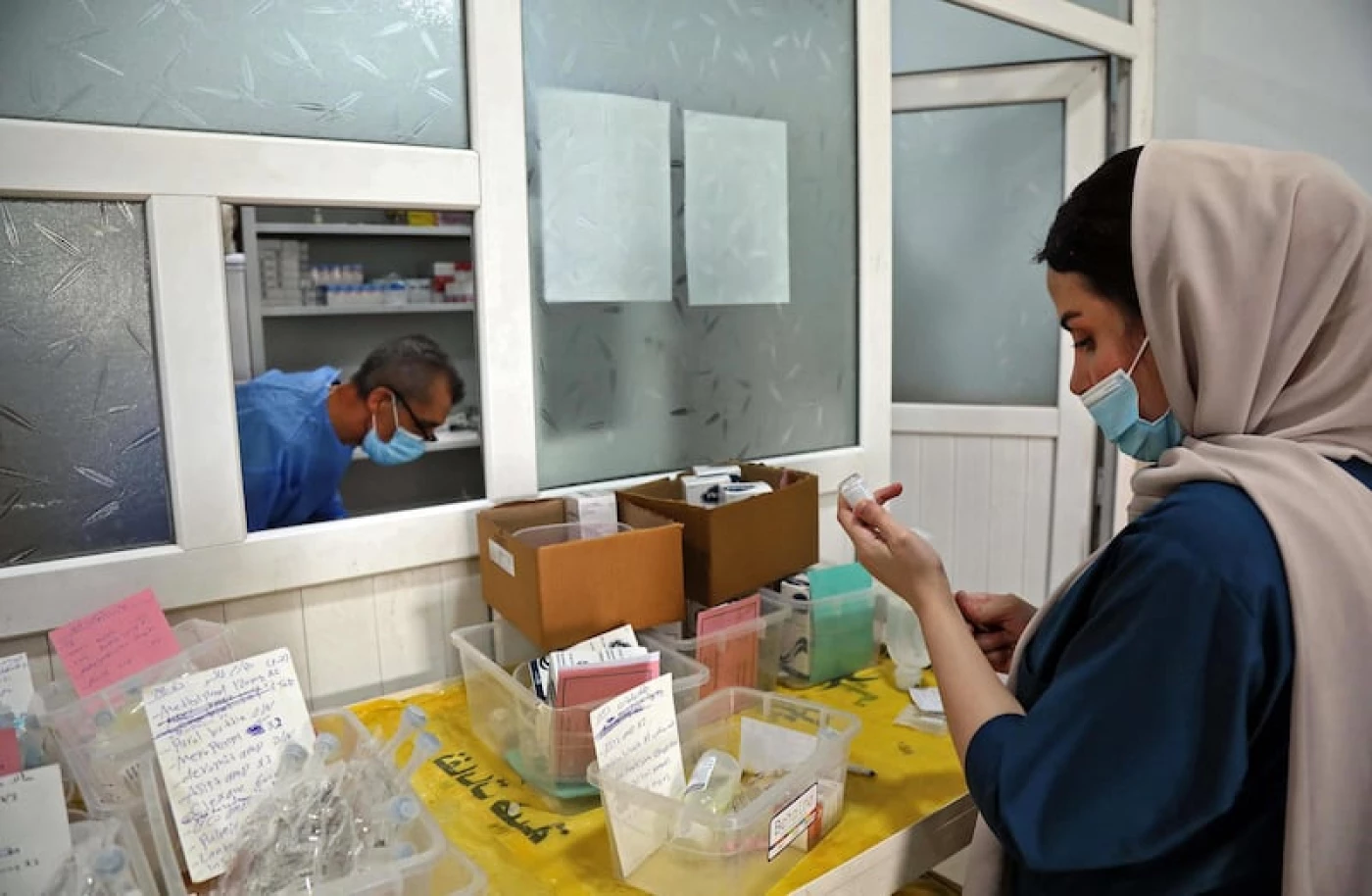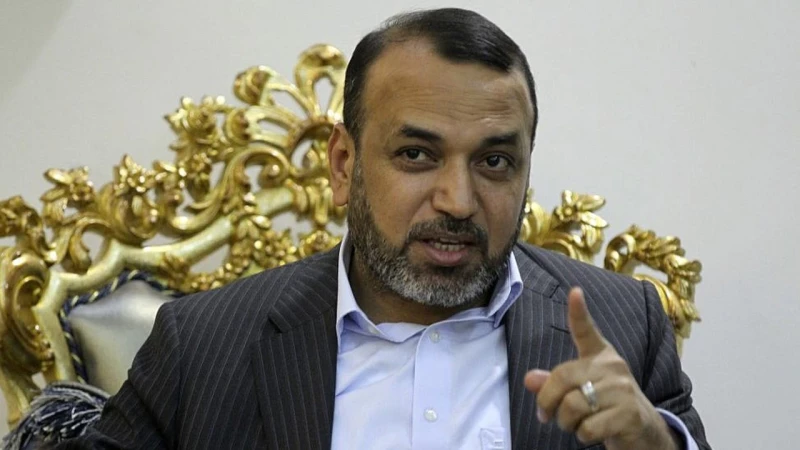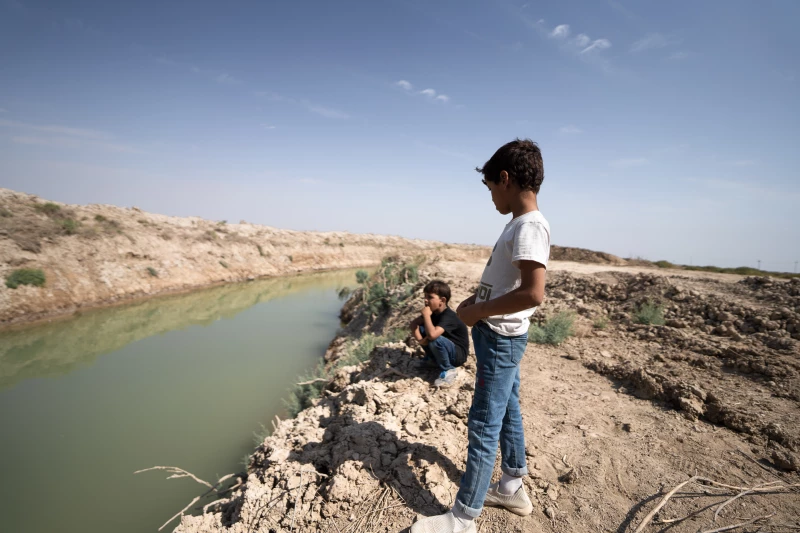On July 14, 2024, during a regular session of the Council of Ministers, Prime Minister Mohammed Shia' al-Sudani issued several key directives aimed at the healthcare sector. Among the most notable was the order to "reinstate doctors who had resigned or left their positions back into the Ministry of Health." This directive underscores various contradictions within Iraq's healthcare system and highlights their significant impact on the labor market.
In recent years, government directives on employment and reappointment have often been driven by "humanitarian" motives, responses to public protests and grievances, or occasionally as a form of appeasement to maintain public calm. This pattern was evident during the October protests when the Council of Ministers issued decisions to contract educational lecturers and Ministry of Electricity employees, not out of immediate necessity, but as a response to the public's demands.
The Council of Ministers' recent directive to rehire resigned and former doctors underscores a critical need within Iraq's healthcare system. This sweeping measure includes all doctors, regardless of how long they have been out of the service, which speaks to the acute shortage the country faces.
The directive reveals a paradox in Iraq's healthcare sector. While the Ministry of Health has assigned 29,000 job positions this year, there are 61,000 graduates from medical and health colleges, according to the Parliamentary Health Committee. This disparity highlights the government's struggle to balance the workforce, especially with the committee working to amend the Medical Graduation Law. The proposed changes aim to shift from automatic central appointments to a need-based hiring system, addressing the imbalance and oversupply in various medical professions, except for doctors, who remain in high demand.
Examining the stark disparity between the surplus of certain health professionals and the critical shortage of doctors in Iraq reveals a significant issue, particularly with dentists and pharmacists. Their numbers far surpass the country's requirements, and the annual influx of new graduates in these fields outpaces the rate of population growth. This imbalance has resulted in a disproportionately high number of dentists and pharmacists compared to the population.
Dentists: Outpacing population growth fivefold
Iraq currently has over 20,000 dentists, with annual graduation rates between 1,500 and 4,000, according to the Dental Association. With an average of 2,000 new graduates each year, the growth rate for dentists is approximately 10 percent. Ideally, the growth in the healthcare workforce should align with population growth, which is about 2.2 percent in Iraq. This discrepancy highlights a significant imbalance, with the number of dentists growing at a rate nearly five times faster than the population.
The required density of medical personnel is measured by density per 10,000 people. Globally, the average is 3.3 dentists per 10,000 people, and in the Middle East, it is 2.9 dentists. In Iraq, however, the density is 5 dentists per 10,000 people, exceeding those global and regional averages, according to World Health Organization data. This places Iraq as the second highest Arab country in dentist density, following Saudi Arabia.
In 2010, Iraq had a dentist density of 1.5 per 10,000 people. By 2022, this number had surged to 5 per 10,000, more than tripling in just 12 years.
The Ministry of Health indicates that only 10,000 are actually needed, underscoring the significant oversupply in this profession.
Pharmacists: Expanding at 16 times the population growth
The growth rate of pharmacists in Iraq presents an even more pronounced issue than that of dentists. With 25,000 pharmacists currently practicing, the Ministry of Health states that only half are actually needed, indicating a 100 percent surplus.
Each year, between 6,000 and 12,000 students graduate from pharmacy colleges in Iraq, averaging around 9,000 new pharmacists annually. This results in an annual growth rate of 36 percent, starkly contrasted with Iraq’s population growth rate of 2.2 percent. This discrepancy means that the number of pharmacists is increasing almost 16 times faster than the population.
In terms of density, Iraq has approximately 6 pharmacists per 10,000 people, equating to about 26,000 pharmacists relative to the population. Globally, the average density is 4.8 pharmacists per 10,000 people, while in the Middle East, it is 3.5 per 10,000 people. The density of pharmacists in Iraq is 27 percent higher than the global average and 74 percent higher than the Middle Eastern average.
Iraq's Doctor Crisis: Navigating a 60 percent deficit
Iraq is facing a critical shortage of doctors, contrasting sharply with the oversupply of dentists and pharmacists. The Council of Ministers recently took steps to address the shortfall, admitting that the country has less than half the number of doctors it needs.
With around 38,000 doctors currently practicing, Iraq's doctor density is between 9 to 10 per 10,000 people. This is significantly below the World Health Organization's recommended standard of 23 doctors per 10,000 people, illustrating a severe gap in medical care.
According to WHO guidelines, Iraq should have approximately 99,000 doctors. However, with only 38,000 to 40,000 doctors available, the country is experiencing a 60 percent deficit.
Globally, the average density of doctors is 17.2 per 10,000 people, and in the Middle East, it is 11.6 per 10,000 people. In Iraq, the figure is just 10 doctors per 10,000 people, highlighting the urgent need for more healthcare professionals to meet the population's needs.
Job market's influence on health workforce balance
The imbalance in Iraq's healthcare workforce stems from several factors, including the differing growth rates of various health professions. One key issue is the increase in dentists and pharmacists, contrasted with the decline in general physicians. The proliferation of private colleges plays a significant role in this trend, as there are far more dentistry and pharmacy departments in these institutions compared to general medicine faculties.
The job market also heavily influences this imbalance. Certain specialties offer quicker paths to earning potential, making them more attractive. For instance, students in pharmacy and dentistry programs typically complete their studies in five years, giving them a head start in the job market compared to the six years required for general medicine graduates.
Additionally, after graduation, pharmacists and dentists can join their respective professional associations. Following two to three years of service in state hospitals under central appointment, dentists can open private clinics, and pharmacists can establish private pharmacies, according to professional practice laws. This streamlined path to private practice further incentivizes these professions over general medicine.
In Iraq, pharmacists often lease their licenses to investors who open pharmacies under their names. This arrangement allows pharmacists to explore other opportunities, such as working part-time at multiple pharmacies or managing a team of representatives promoting medications for pharmaceutical companies.
General physicians, on the other hand, face a much longer path. After six years of medical school, they must complete an additional two to three years of rotational residency and training, followed by six or more years of board certification studies. It can take at least nine years before a physician can open a private clinic. In this time, a pharmacist or dentist could have already established significant wealth.
This disparity heavily influences students' career choices, drawing them towards pharmacy and dentistry rather than general medicine. Additionally, fewer students achieve the grades necessary for admission into general medicine programs compared to those qualifying for pharmacy or dentistry, especially in private colleges that accept lower grades than public universities.



 Facebook
Facebook
 LinkedIn
LinkedIn
 Telegram
Telegram
 X
X


